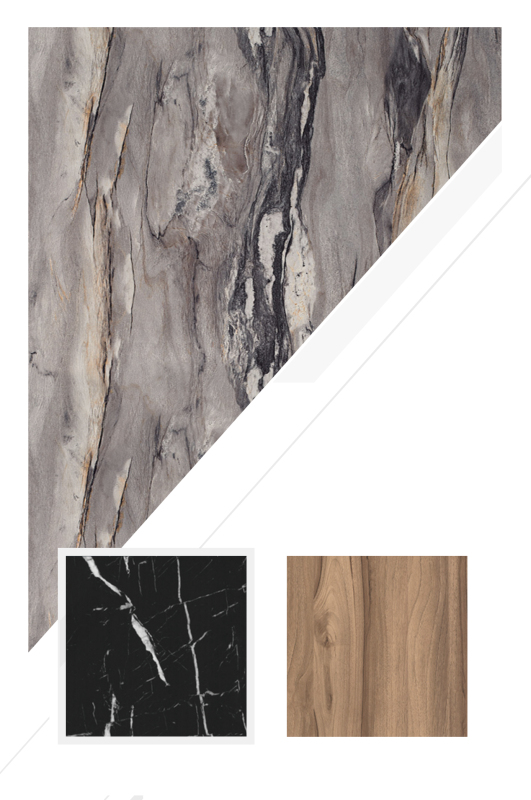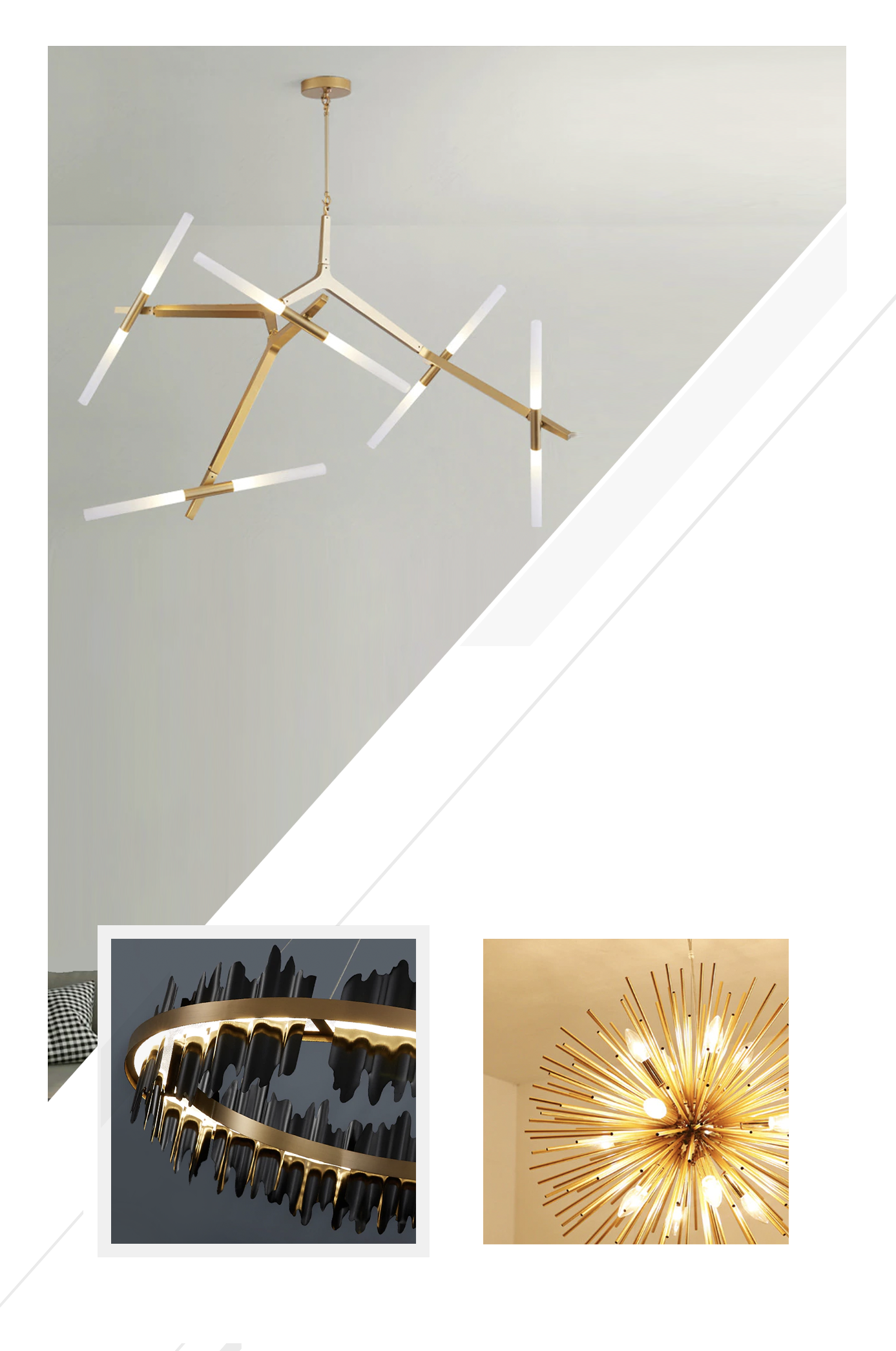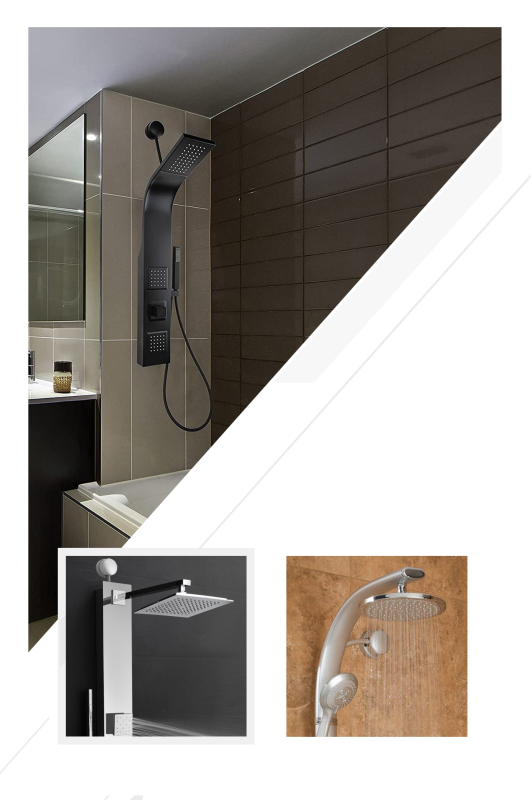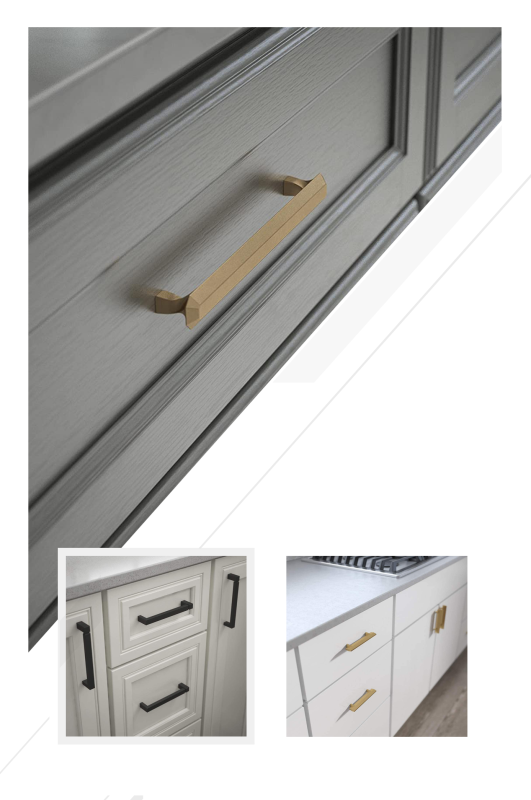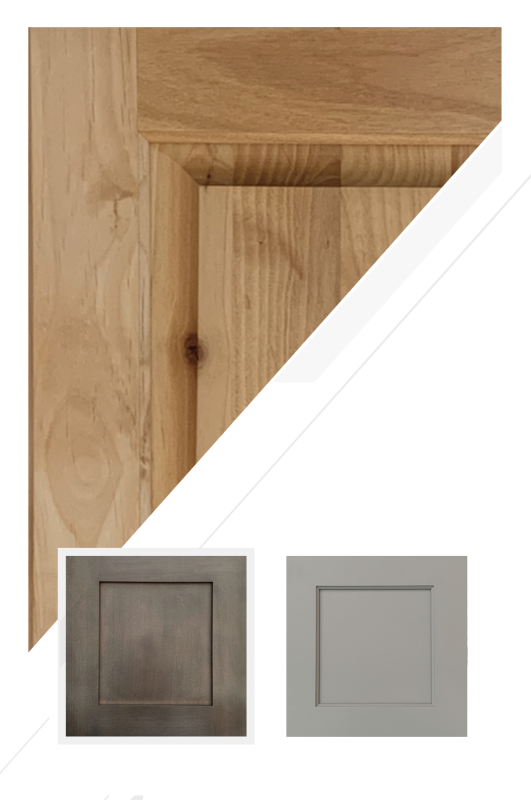Neighborhood Rebuild Playbook: Coordinated Schedules, Shared Savings, and Calmer Streets
By Joy Line Homes California
Wildfire recovery is personal, yet it is also a group effort. Blocks in Los Angeles, Ventura, Santa Rosa, Napa, and Paradise rise faster when neighbors move together. Joy Line Homes organizes cluster schedules, shared logistics, and common details so several families save time and money while keeping streets calm. Modular building makes this possible because factory work and site work line up on a predictable rhythm that multiple addresses can share.
Coordinated rebuilds are not complicated when everyone follows a clear map. This playbook shows how to align paperwork, design choices, utilities, crane days, and inspections. It turns individual projects into a neighborhood plan that respects daily life and shortens the path back home for everyone involved.
Step 1: Form the Block Group
Start small. Two or three adjacent properties create enough scale to unlock savings. Joy Line sets a brief kickoff with owners to confirm parcels, goals, and budgets. A shared cloud folder holds documents for each address. Contact lists and simple rules keep messages efficient. The group agrees that schedules, crane windows, and utility work will be coordinated, even though each home will have its own character and scope.
In Santa Rosa and Paradise, block groups often begin with families who met during evacuation. In Los Angeles and Ventura, neighbors on a hillside or in a canyon street team up to manage access and staging. In Napa, rural lanes coordinate to protect vines, orchards, and driveways while trucks move safely.
Step 2: Align Paperwork and Policy Basics
Insurance, permits, and utilities all respond better to order. Joy Line helps each home assemble a binder with proof of loss, debris manifests, WUI maps, and parcel data. A simple matrix shows who has code upgrade coverage, who is underinsured, and who wants an ADU first plan. We share a calendar of deadlines that is visible to all owners. This visibility keeps momentum steady and encourages teamwork when one home reaches a step that others are about to take.
City submittals benefit from repetition. When plan sets share callout styles and detail sheets, reviewers move faster. Each house can have a unique style, yet inspectors will still see familiar notes for eaves, vents, glazing, and hardscape. Familiarity speeds approvals, which speeds everything else.
Step 3: Choose Common Assemblies that Fit the Place
Shared specifications save both money and time. Joy Line proposes a small menu of WUI assemblies that work for the neighborhood. Fiber cement cladding, metal trims, Class A roofing, enclosed eaves, ember resistant venting, and dual pane tempered glass cover the safety story. Within that menu, each owner selects a look that suits their taste. The benefit is big. Bulk purchasing and repeated details reduce cost and errors while keeping the block visually coherent and modern.
Interiors follow the same idea. Flooring, fixtures, and hardware come from coordinated packages that are durable and easy to maintain. Owners can still personalize finishes, yet deliveries, installation, and warranties become predictable across addresses.
Step 4: Map Utilities and Foundations Together
Underground work is cleaner when a street team moves as one. Joy Line overlays utility routes for the group so trenches do not cross and shutoffs are easy to find. Foundations are selected by site. Slabs on grade for infill in Santa Rosa, raised platforms for Los Angeles hillsides, and helical piles for Paradise soils. When crews install similar systems on the same week, inspection windows can be grouped. That reduces repeat trips, cuts fees, and keeps the calendar tight.
Labels are consistent across homes. Gas meters outside the first five feet when practical. Electrical disconnects visible. Water shutoffs clear and accessible. Inspectors appreciate the pattern. Owners appreciate the speed.
Step 5: Stage ADUs for Early Wins
An ADU first strategy helps blocks stabilize quickly. Joy Line sites ADUs to create courtyards, to protect doors from wind, and to form hardscape bands that support defensible space. ADUs near existing utilities reduce cost and hook up time. Families move home sooner, reduce rent, and sometimes secure rental income that supports the main build. When several ADUs set within weeks of each other, the street sees visible progress and morale jumps.
ADU designs are full featured. Real kitchens, storage, and quiet bedrooms make them useful long after the main homes are complete. The neighborhood gains long term flexibility for guests, relatives, or medical support without new complexity later.
Step 6: Plan Route Studies and Crane Days as a Series
Modules arrive by route and lift. Joy Line prepares a single route study that serves the group, then assigns set days as a series. Signs, cones, and flaggers are shared. Trucks are spaced so parking and mail delivery remain available. Crews sweep streets at the end of each day. This coordinated rhythm is kinder to neighbors and reduces permit costs.
Set day behavior is the same at every address. Exclusion zones are taped. Radios keep communication clear. Roofs close and eaves seal before crews leave. Blocks see the same tidy sequence repeating from one driveway to the next. Confidence grows because the pattern is calm and professional.
Step 7: Group Inspections and Documentation
Documentation is a time machine when it is organized. Joy Line provides each owner with a digital folder and a physical binder. Factory photo logs, inspection tags, and product data sheets are labeled the same way for every home. When a city inspector is scheduled for anchors, underfloor connections, or final, nearby homes ride the same visit. Carriers also respond faster to supplements when they see the same exhibit style across the block.
Finals are calmer because the checklist is shared. Numbers visible, zones clear, bands clean, vents screened, decks enclosed, fence returns in metal or masonry at the structure. Short visits, quick signatures, and a steady walk to keys.
Street Courtesy that Builds Goodwill
Recovery is easier when the block feels respected. Joy Line creates simple neighbor notices with dates, contact numbers, and a friendly map. Driveways are kept clear when possible. Sidewalks remain open. Crews use quiet staging routines and end the day with a sweep. In Los Angeles and Ventura canyons, early sets avoid school traffic. In Santa Rosa neighborhoods, off peak deliveries reduce stress. In Napa and Paradise, rural lanes receive clear turnouts and matting to protect edges and roots.
These small courtesies pay back. Neighbors become allies who celebrate progress rather than obstacles who slow it. Goodwill is a schedule tool as real as a crane or a truck route.
Shared Landscape Logic
Defensible space reads best when it looks like design. Joy Line coordinates Zone Zero bands, gravel ribbons along side yards, and planted courts that are low fuel and easy to maintain. Each home selects a palette that suits its facade, yet the neighborhood still feels cohesive. Deck skirts are enclosed. Steps use solid risers. Fences stop short of the wall with a short return in metal or masonry. These repeating details protect the street and make plan review faster for everyone.
Maintenance is simple when layouts match. A seasonal checklist fits on one page and applies to each address. Sweep bands. Vacuum vent screens. Clean gutters. Trim plants off glass. Replace filters. Blocks that share chores stay ready during hot and windy weeks without extra meetings or drama.
Financing and Buying Power
Group schedules can improve pricing. When several homes order the same roofing class, exterior cladding family, or window system, vendors respond with better timelines and terms. Joy Line organizes packages so owners see clear options and shared savings without losing choice. Lenders also favor predictability. A neighborhood calendar with fixed factory dates and inspection milestones gives underwriters confidence that draw schedules will hold.
Underinsured families benefit when an ADU first phase reduces rent and creates future income. The group setting helps because successful ADU sets on one lot encourage approvals and smooth utility coordination on the next. Proof builds momentum that money can see.
City by City Notes
Los Angeles: Hillsides require crane studies, raised platforms, and shaded openings. Grouped set days reduce lane closure time. ADUs near the driveway shorten utility runs and return families home sooner.
Ventura: Coastal air and canyon winds call for coated fasteners, enclosed deck framing, and careful fence returns. Batch inspections for corrosion aware details keep schedules consistent across addresses.
Santa Rosa: Neighborhood rhythm favors slab on grade, fiber cement exteriors, and clean side yard ribbons. Repeating those details across the block speeds plan review because reviewers see a known pattern.
Napa: Rural parcels benefit from deep porches, non combustible courts, and aligned utility corridors. Shared trench windows and grouped finals save trips on long drives.
Paradise: Disturbed soils and narrow lanes validate helical piles, compact pick plans, and clear turnouts. A cluster schedule reduces mobilizations and keeps streets open by late afternoon.
Design Variety within a Shared System
Coordinated does not mean identical. Joy Line keeps massing simple and safe, then lets color, window rhythm, and porch depth distinguish each home. Owners select interior packages that fit lifestyle and budget. The system protects schedule and cost while the design remains personal. A street with three Joy Line homes will read coherent, not cloned.
Stories that Show the Pattern
In Los Angeles, three hillside lots shared one crane study and two set days. Streets reopened by dinner and neighbors praised the pace. In Ventura, two homes and one ADU used the same metal roof profile and fiber cement package. Inspections were short and corrosion aware details passed the first time. In Santa Rosa, a row of slab plans with gravel ribbons along side yards won quick approvals and kept sidewalks open. In Napa, a lane of homes staged grouped trench work and shared turnouts that protected vines. In Paradise, five compact pick plans landed on helical piles without delays.
Life After Move In
The neighborhood plan continues after keys are in hand. Owners keep a shared calendar for seasonal chores and a simple group chat for questions. Tools are borrowed, filters are replaced on the same weekend, and yards stay tidy together. The block remains resilient because good habits are easier when they are shared. Home feels like community again, which is the deepest goal of recovery.
The Joy Line Perspective
Recovery works best when design, documents, and logistics move in one rhythm. Joy Line Homes brings that rhythm to neighborhoods across California. We align plans, group inspections, and stage set days that respect streets and schedules. Families return to their land sooner. Costs stay clearer. The block looks calm again. That is what coordinated modular building can do for Los Angeles, Ventura, Santa Rosa, Napa, and Paradise.
About Joy Line Homes
Joy Line Homes builds modular residences and ADUs with WUI ready assemblies, factory precision, and logistics that scale from a single home to an entire block. We help neighborhoods rebuild together with clear schedules, calm streets, and lasting value.
Visit JoyLineHomes.com to start a block group consultation for your street.
We are based in Santa Cruz County ,
California
Tel: (831) 888-Home
Email: info@joylinehomes.com
Business Hours: 9am - 6pm

